Your retirement plan needs to take a holistic approach. Because there are so many decisions to make, it’s easy to get lost in the weeds. Follow these six signposts to find your way.
If you’re within six months or so of retirement, there are certain things you need to do now to help prepare yourself for the transition into retirement.
Throughout this retirement preparation process, there will be times when you feel as though you are making a series of rapid-fire micro decisions as you work through Social Security benefits, Medicare options, pension elections and retirement account distributions.
The decisions to be made are many, and understanding the long-term ramifications of those decisions is paramount, considering that your retirement years could be as many as those spent working.
The numerous options you will face can become a labyrinth of choices leading many people to attend YouTube university in search for answers, while leaning on friends and co-workers to fill in the missing pieces. The truth is, people underestimate the complexities that exist with preparing for retirement and find themselves over their head.
Unfortunately, without understanding the long-term effects of one decision over another, a retiree may be well into their retirement before problems begin to surface. For instance,
- Inflation will erode your income over time.
- Longevity may require your money to last longer than you thought.
- Market volatility can deplete your resources.
- Heath care expenses can potentially absorb most of what you have.
By the time these risks are exposed, retirees find themselves stuck. That is why retirement planning shouldn’t be viewed as a rapid-fire micro decision-making process but rather a time to design a master plan focused on what you can control and protecting yourself from what you can’t.
Think of it like building a home … you wouldn’t begin construction without first having blueprints drawn up. Your retirement plan is the blueprint for your retirement, while Social Security benefits, Medicare options, pension elections and retirement account distributions are your building materials.
6 Things You Can Do for a Sustainable Retirement
Going back to the home construction metaphor, to ensure you have your bases covered and are retirement ready, first consider the cost of the project. It is better to estimate the cost of your retirement now to uncover potential problems before actually retiring. Start by carefully evaluating your current thinking about your situation.
1.Develop an income plan detailing exactly how much income you will need each year to fund your retirement lifestyle
Now, before skipping over this you should consider that your lifestyle will change — along with your tax situation — which means that the amount you need now to live on will not be the same when you retire. You may need to budget even more for your early years of retirement, when you’ll be enjoying the good life. So, it is not a good idea to make general assumptions about your future income needs based on how things are while you’re working.
Carefully consider what will change and what will stay the same once you retire, adding into the mix such things as travel, health care costs and other variable expenses.
2. Identify your income sources and determine exactly how much income will be generated from each source to satisfy your annual income needs
No generalizations here … you should seek to know exactly how much you can expect from each resource you have.
This is where most people begin to struggle, because there is often a disconnect between their mindset around their assets and the need they have from them. There are generally two camps with this:
Those who focus on protecting their principal by holding cash.
- And others who hold on to their investment portfolios in hopes for long-term growth.
Both camps are focused on growing or preserving their money, making it difficult for them to adjust for their need to receive consistent income from the assets.
3. Map your assets out and separate them by their purpose
What I find is that most people have money sitting in bank accounts, large amounts of equity in their home and money combined together in their investment portfolios.
And while this may seem an ideal arrangement, it is important to point out that cash in the bank is not earning anything, equity in a home is not earning anything and money in the stock market has varying levels of risk … none of which translates to having consistent income in retirement.
In most instances, the assets you have are either going to be spent or used for income now or in the future.
So, a good place to begin would be identifying which assets fall into these categories.
4. Have an income replacement plan in place for your spouse to cover the loss of Social Security or pension income if you were to predecease them
Developing an income strategy for retirement most often means you are relying on a husband and wife’s benefits, but those benefits are only received while both are living (in most cases).
Many people are misled into believing that as you get older your need for life insurance diminishes, and while this may be true for some, for others the need for it may actually rise.
It is a good idea to know the specifics for how benefits will adjust when a death occurs and have a plan in place to replace lost income if it is needed.
5. Have (updated) legal documents in place designating financial power of attorney, medical directives, wills and trusts
Most people kick this can down the road with the idea they will have time to get this done later. (Later meaning when they need it.)
Here is the deal: If you wait until you need these documents it will be too late to get them.
6. Have a contingency plan in place to cover health care costs if you were to find yourself needing long-term nursing care.
This is an area that so many people ignore, crossing their fingers and hoping nothing happens to them that would require this level of care. However, considering the cost of nursing care, it is not something to ignore. You need to know how this cost will be covered if you find yourself needing care.
The cheapest way to cover this risk is through insurance, but some may choose to spend down a portion of their assets to cover the costs. Either way, it is a good idea to have this mapped out and know how you plan to cover the cost if incurred.
Wherever you are in your thinking, there is an opportunity to improve your probability for a successful retirement. To get started, figure out where you are, know where you’re going and then identify what obstacles stand in your way.
This material was prepared by Kiplinger.
Original Source: https://www.kiplinger.com/retirement/retirement-planning/603596/6-things-you-can-do-right-now-to-ensure-your-money-will-last











